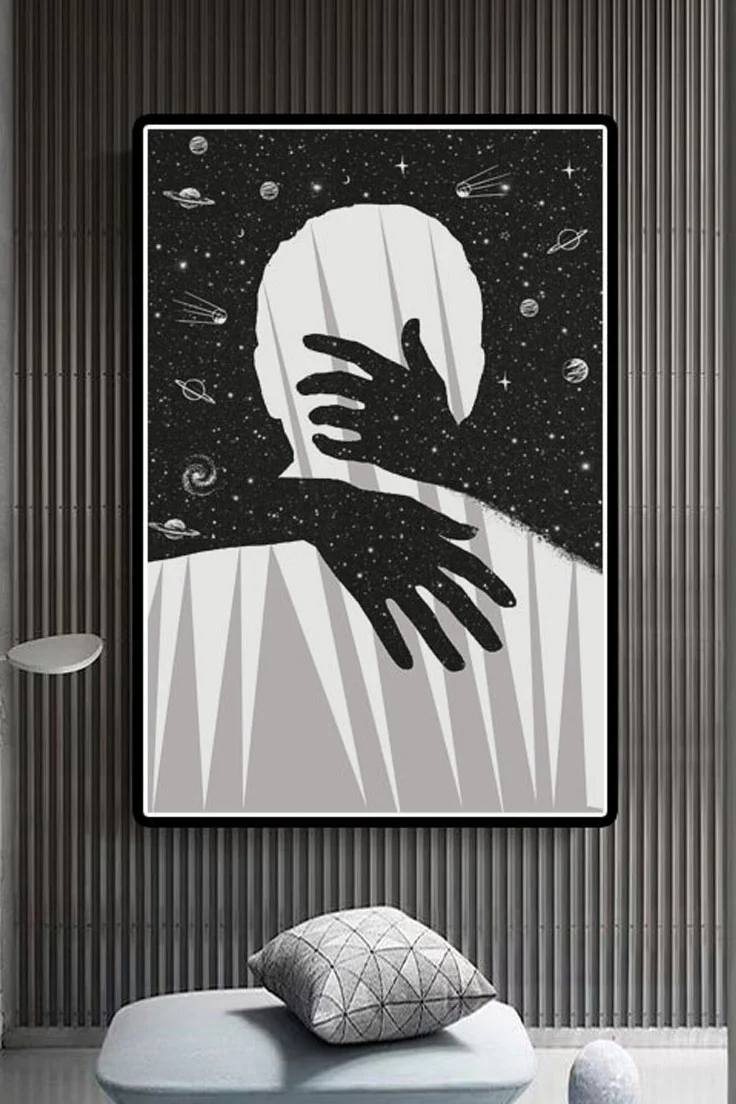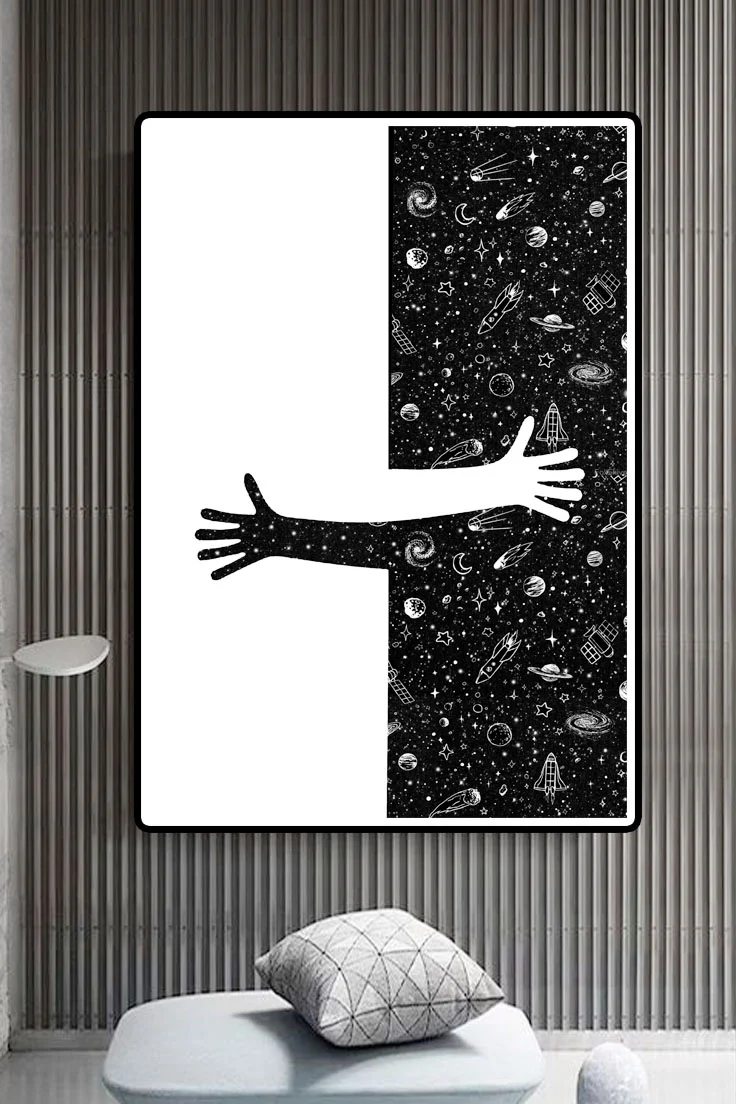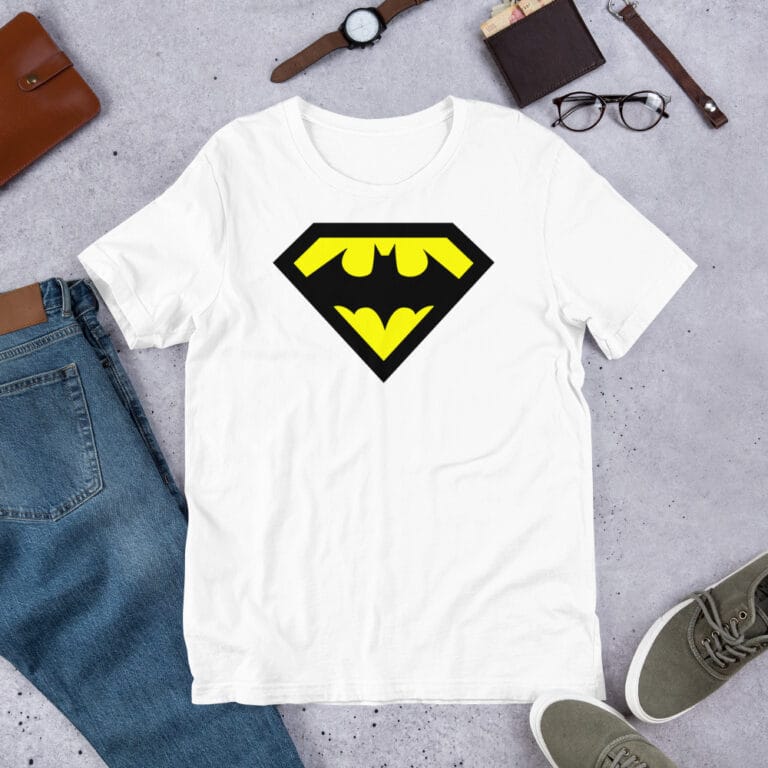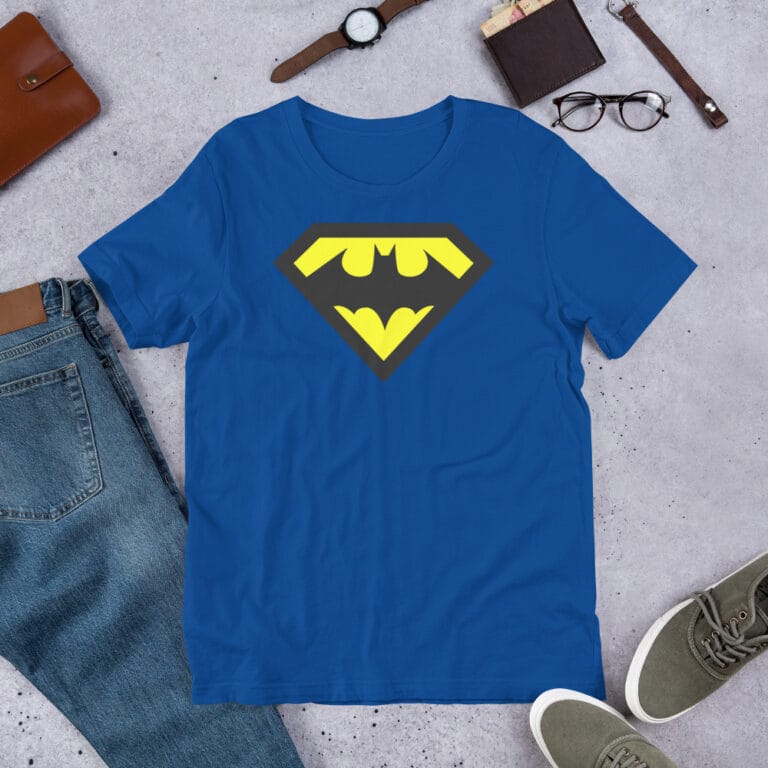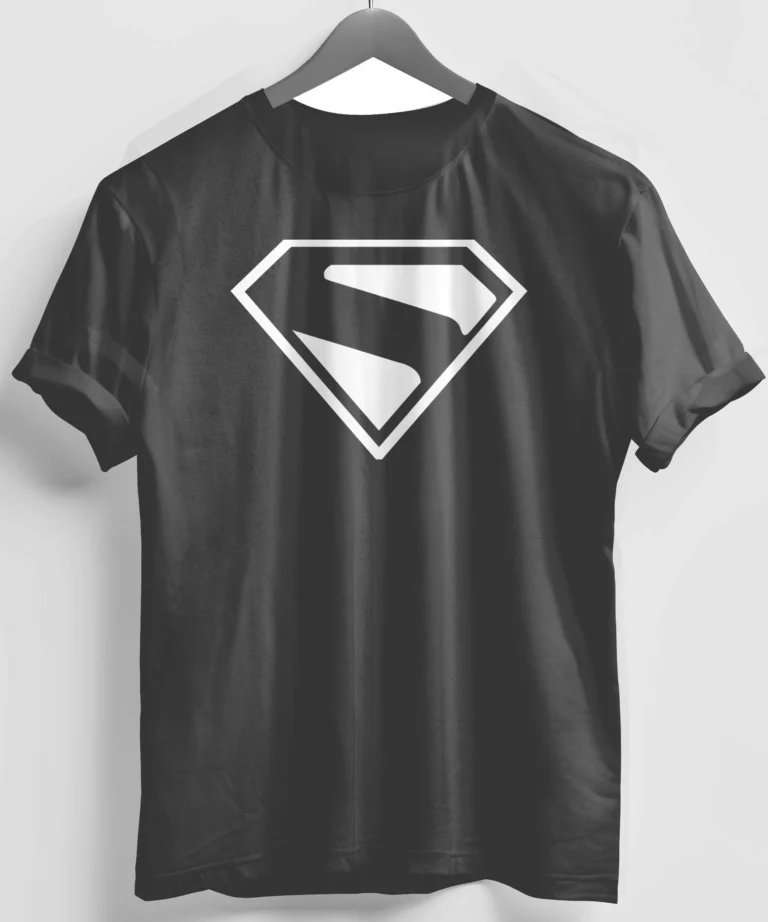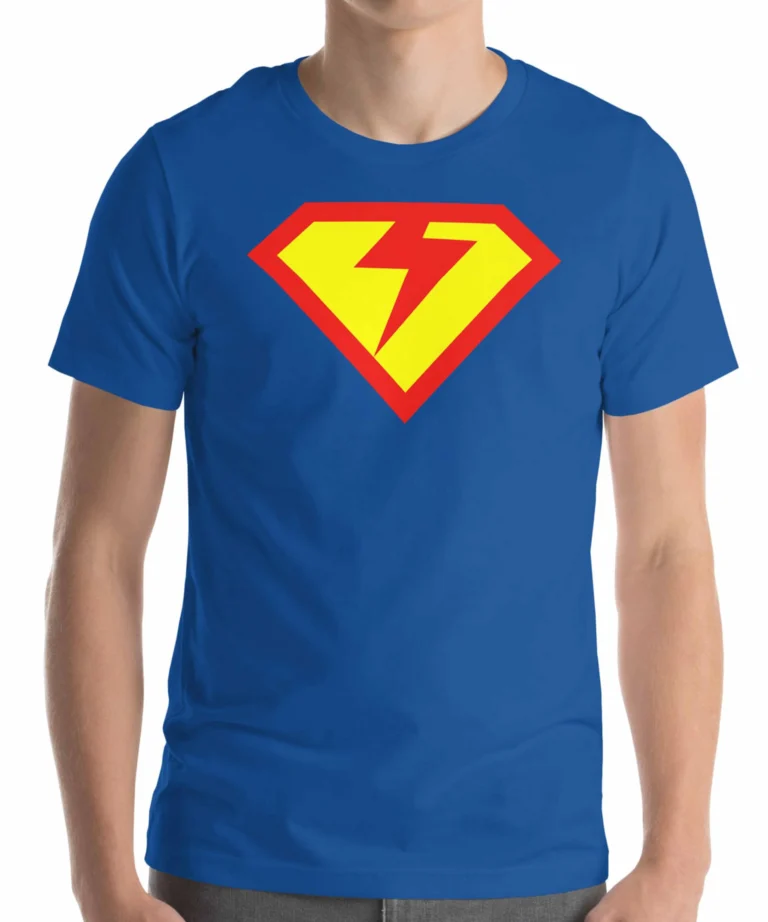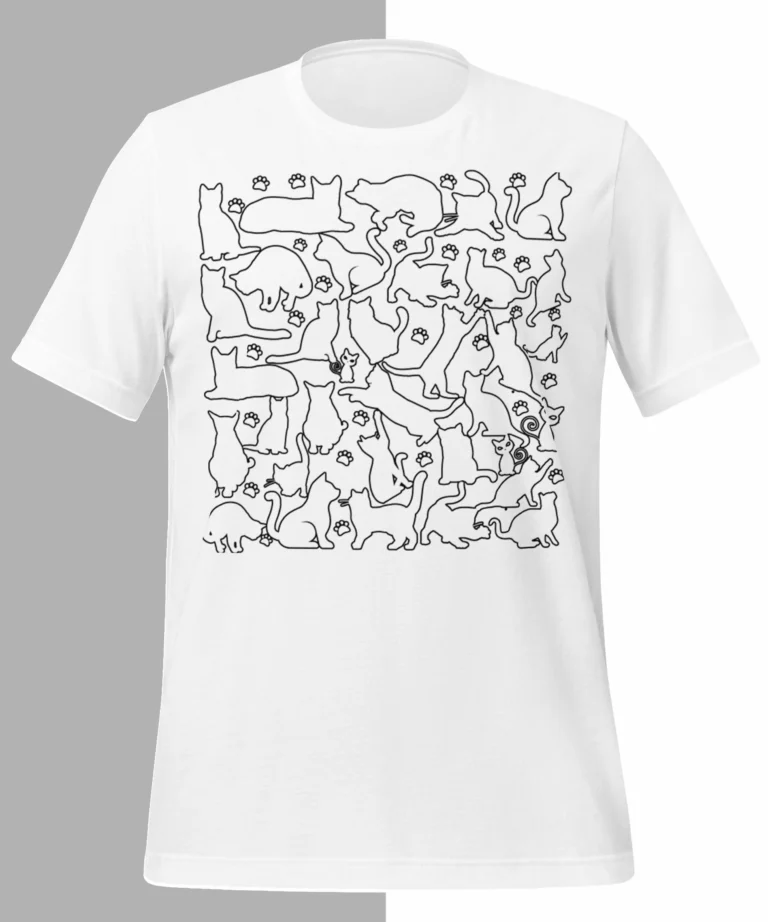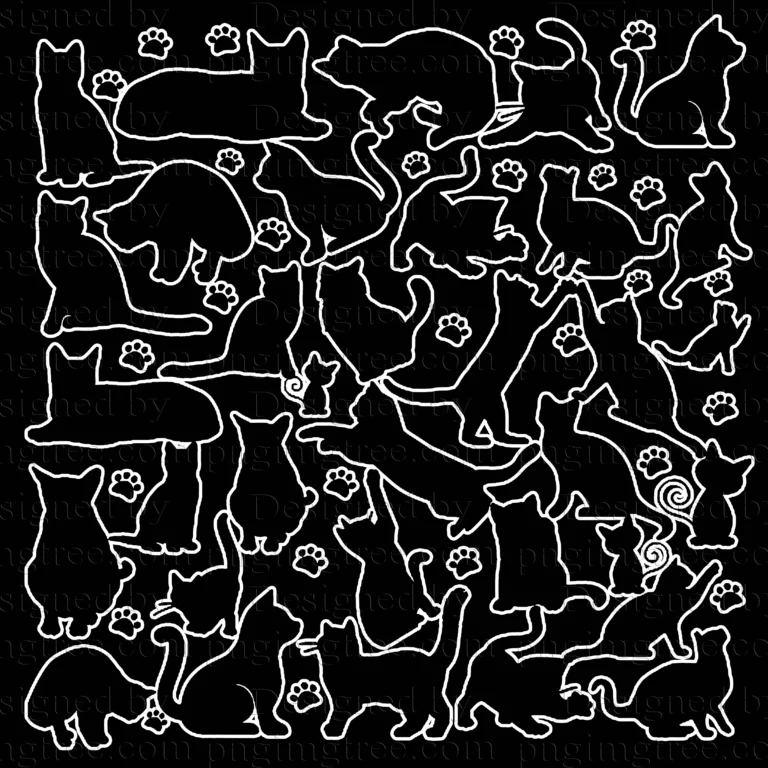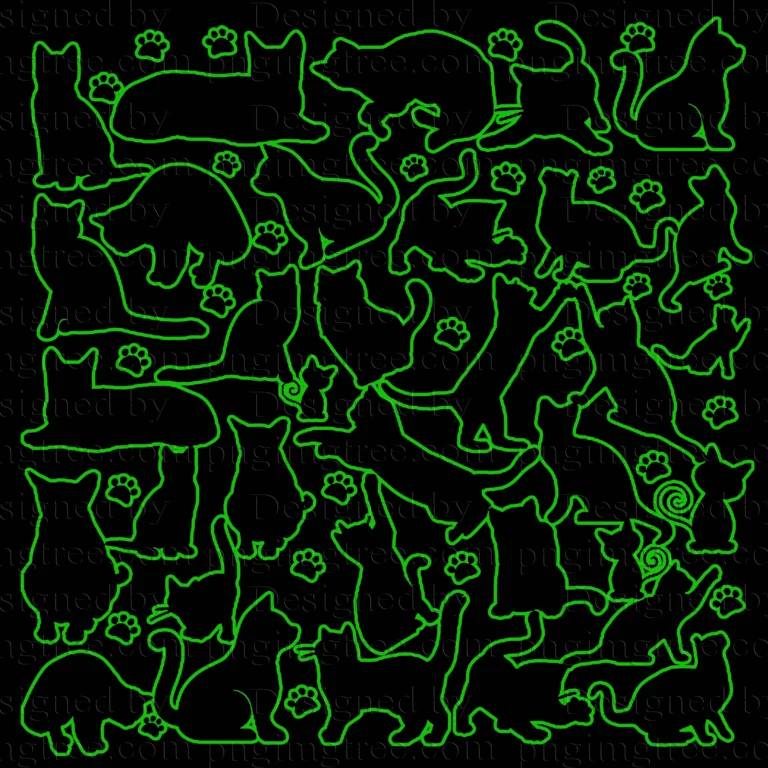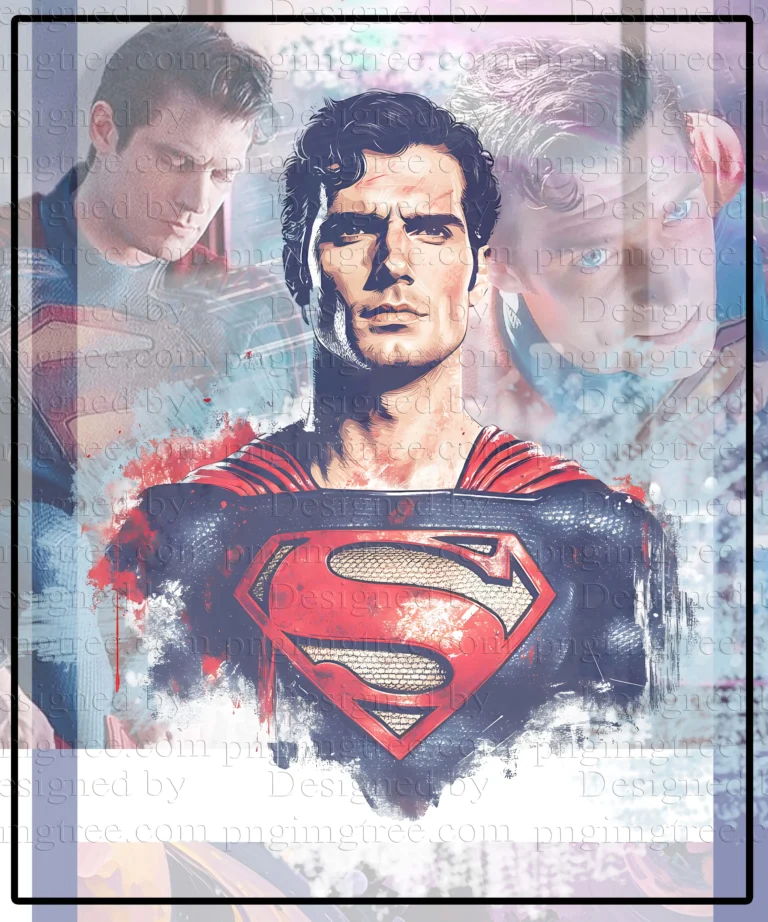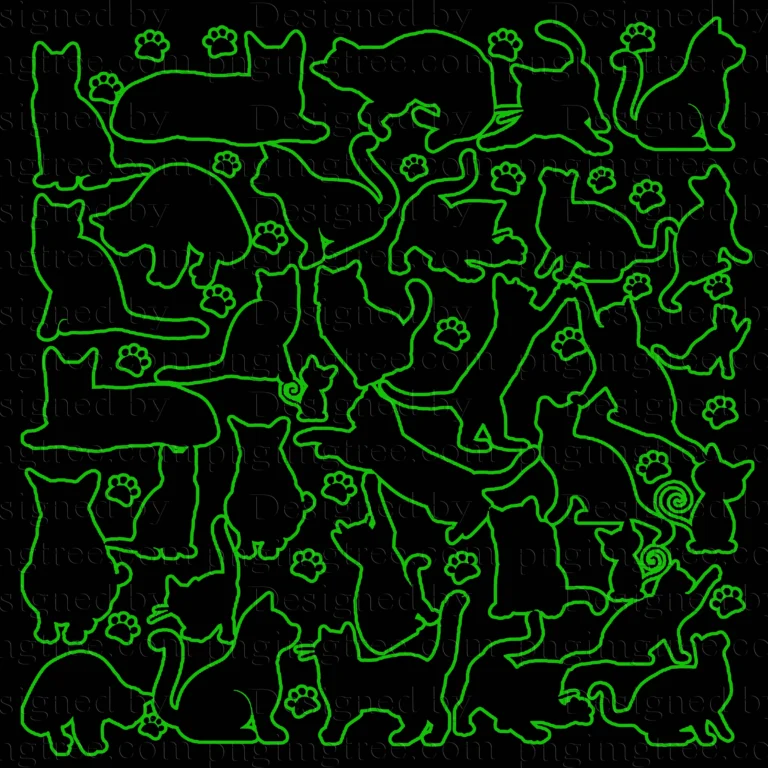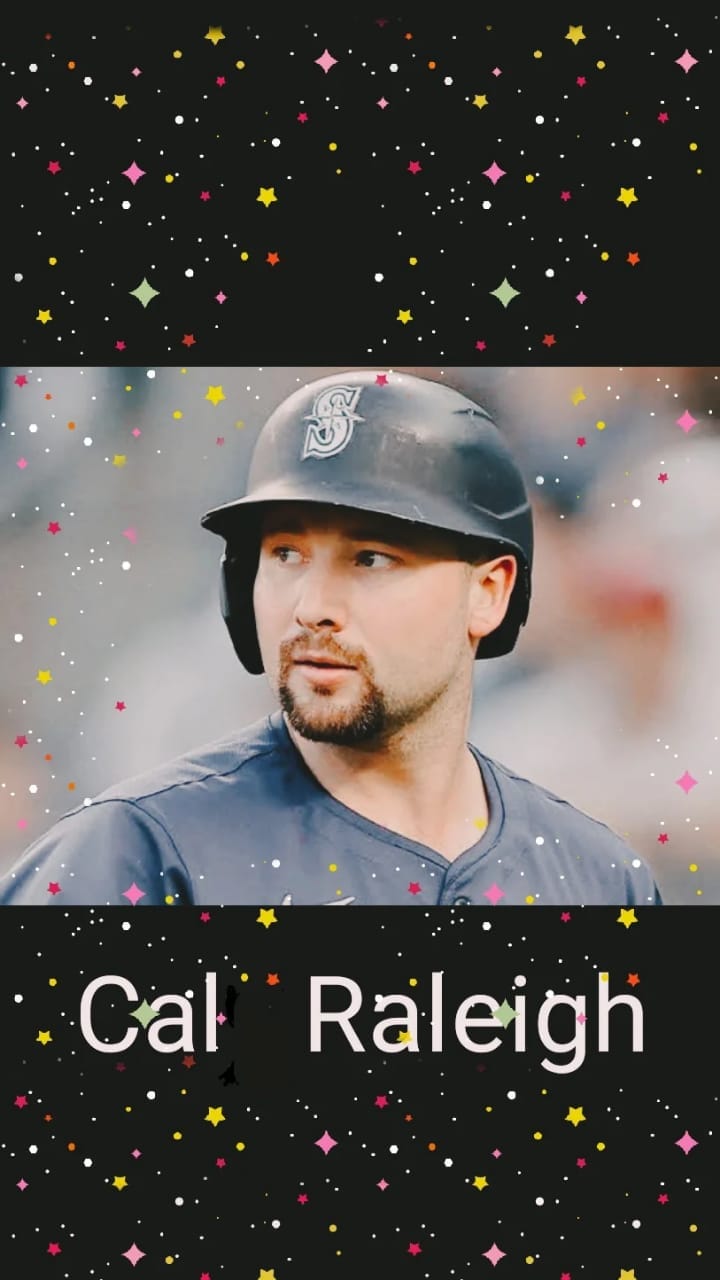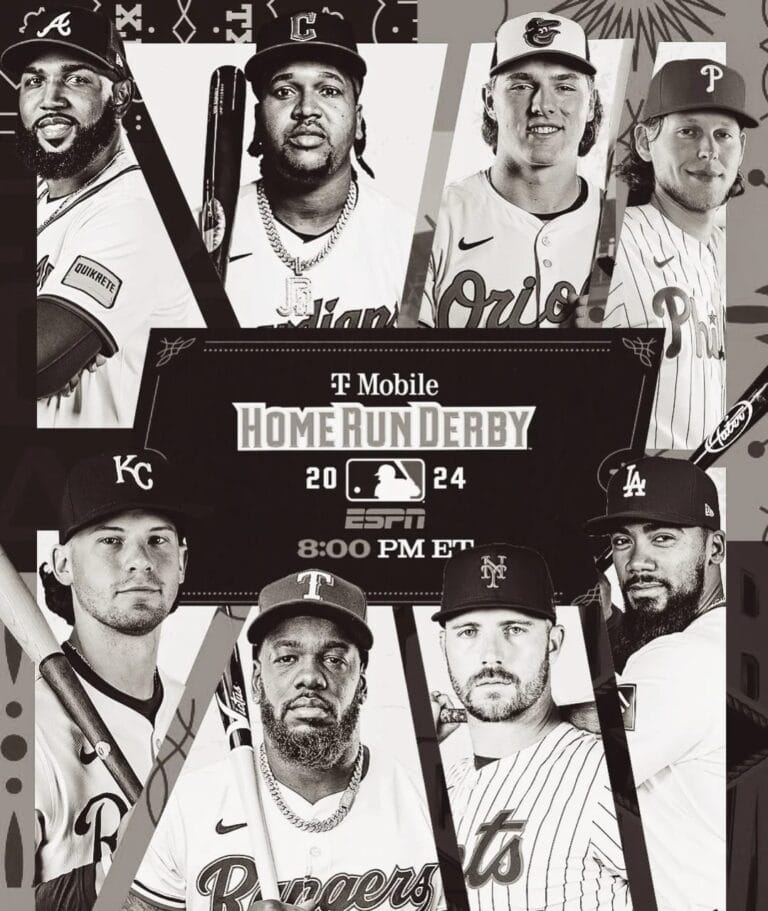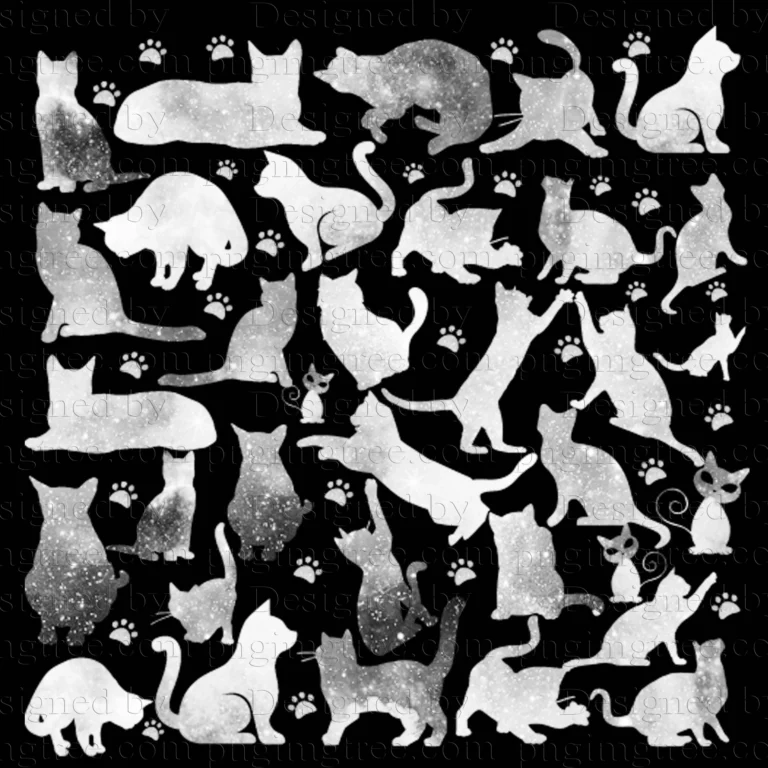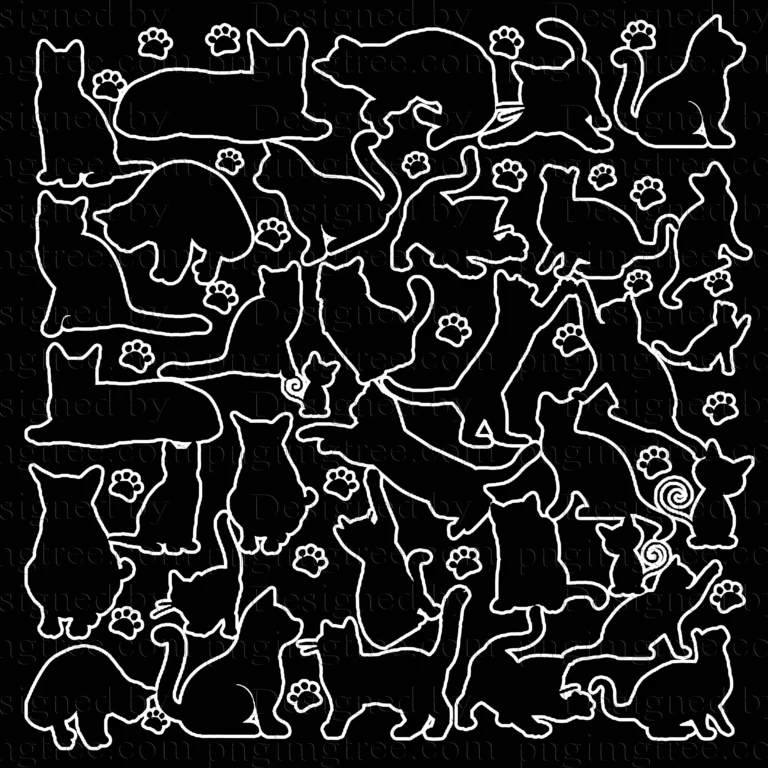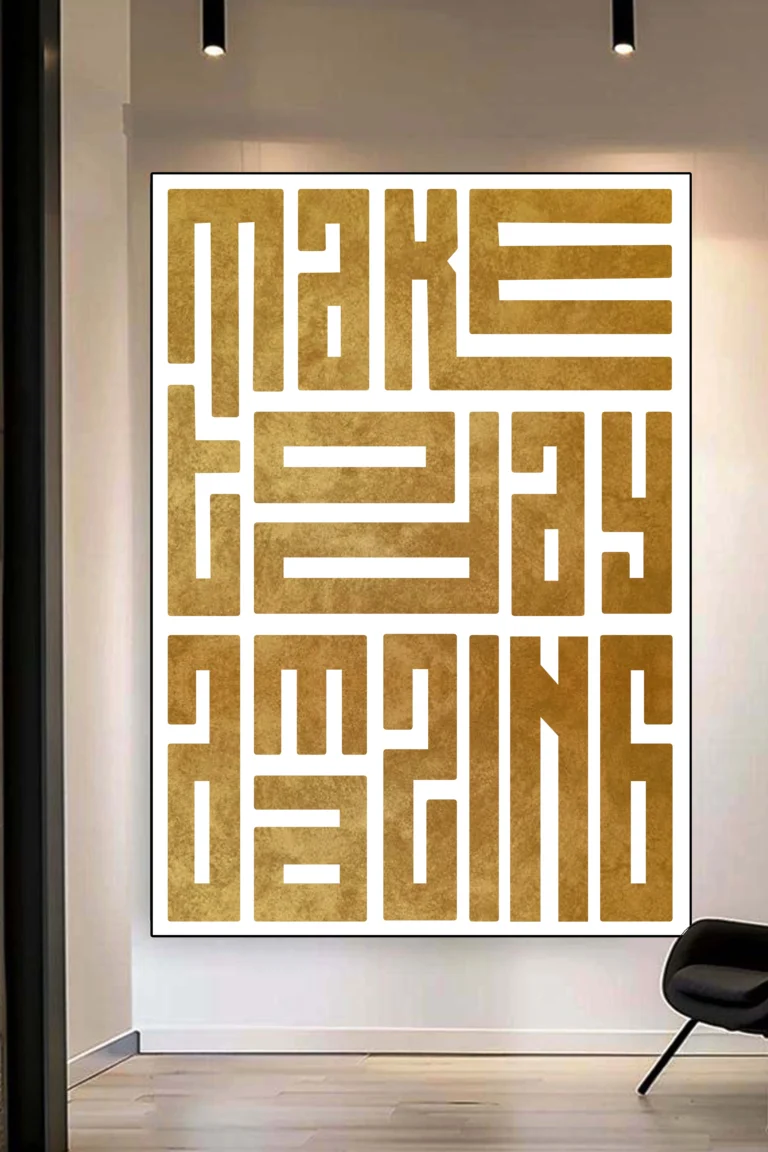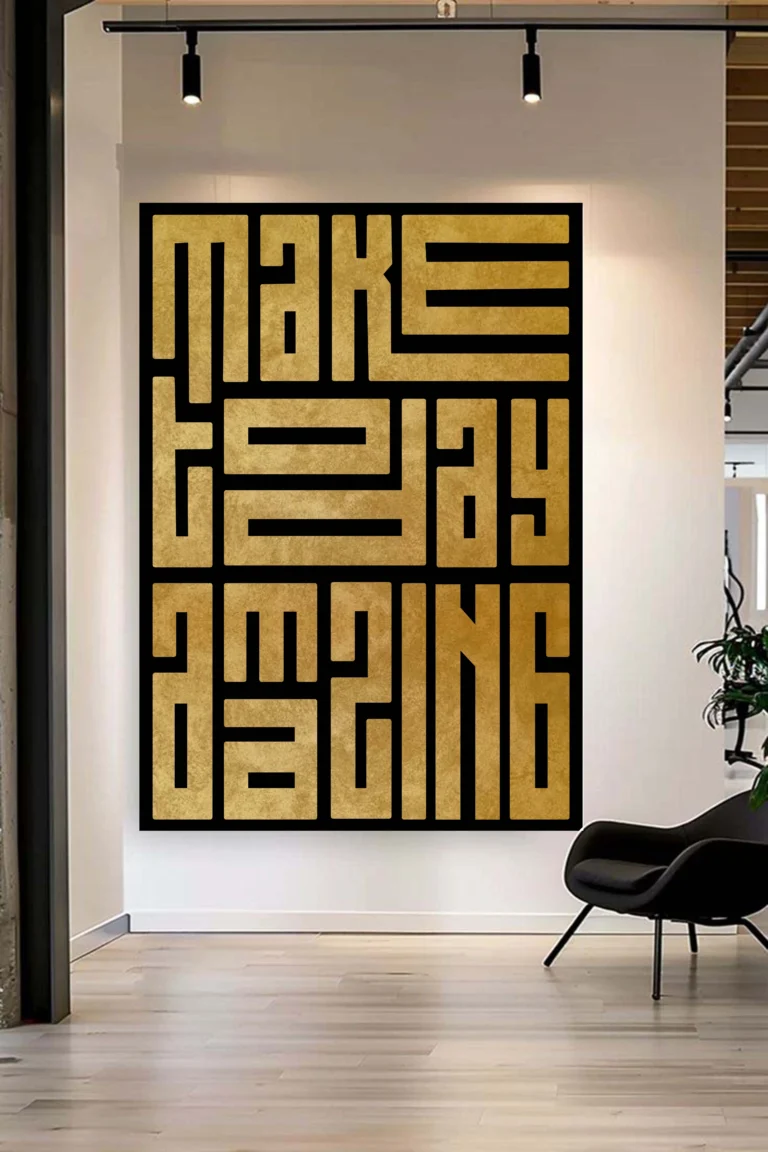The Black Panther Partyt
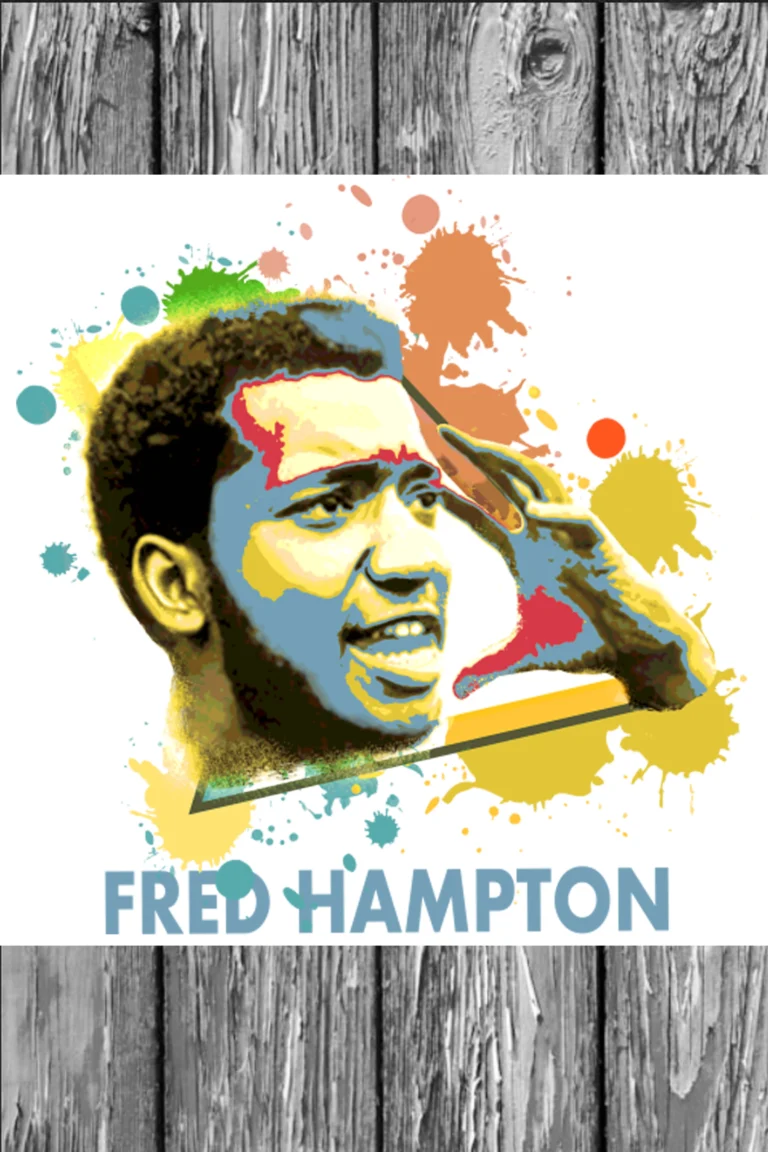
Fred Hampton
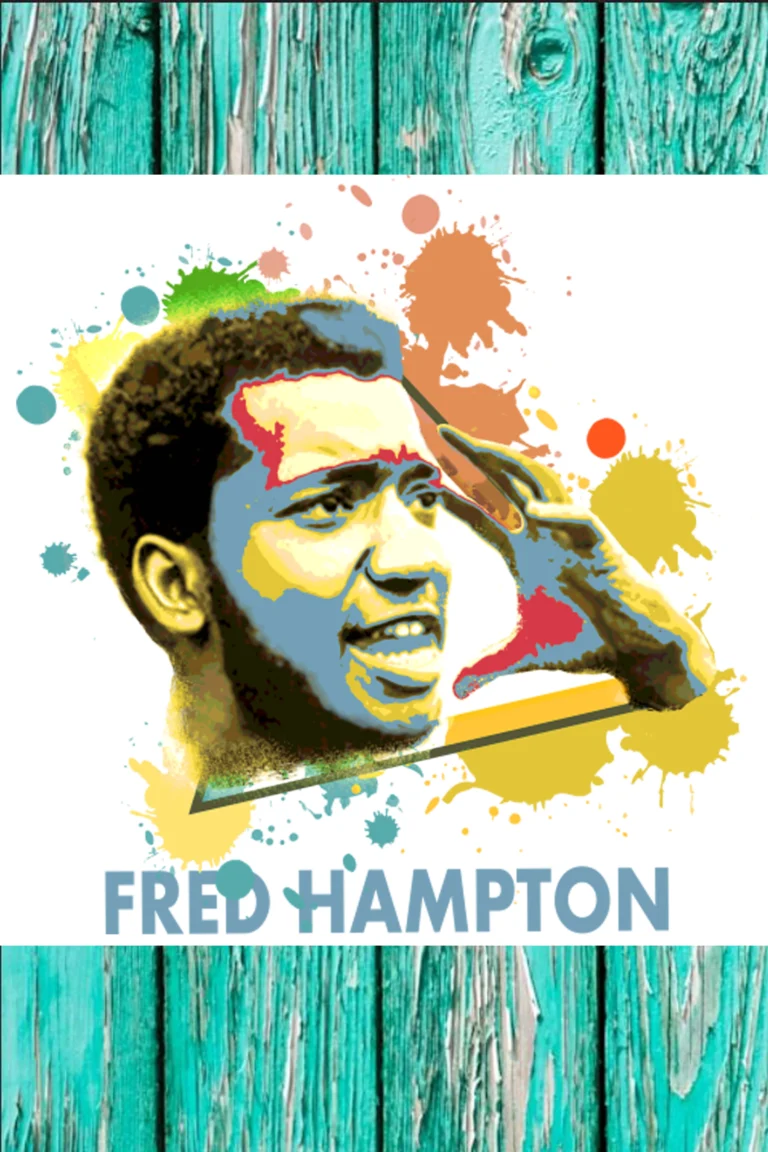
Fred Hampton
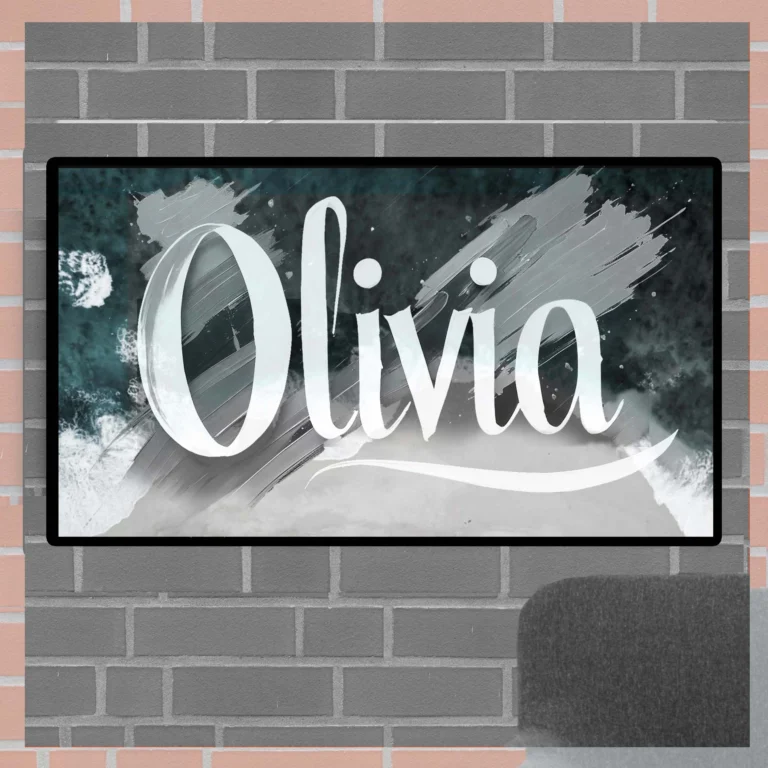
Olivia Art

Flowers Vase Art Work

Flower and Sky Canvas Art

Abstract Space Planets

Modern Blue Gold

Abstract Colorful

Flowers Vase

Palm Tree

Abstract Planets

Colorful Geometric

Flowers Pattern

Abstract Feathers Pattern
The Black Panther Party: Great History, Impact, and Legacy 19t
The Black Panther Party (BPP) remains one of the most influential revolutionary organizations in U.S. history. Founded in 1966, it combined militant self-defense with community empowerment, challenging systemic racism and police brutality while providing essential social programs.
In this comprehensive blog post, we’ll explore:
- The origins and founders of the Black Panther Party
- Key ideologies and the Ten-Point Program
- Major achievements and community programs
- Controversies and government opposition (COINTELPRO)
- The Party’s decline and lasting legacy
- The Black Panther Party influences modern activism
- The Black Panther Party: History, Impact, and Legacy
- Origins of the Black Panther Party
- The Black Panther Party’s Ideology
- Decline of the Black Panther Party
- The Black Panther Party’s Legacy
- How to Honor the Black Panther Party Today
- Why the Black Panther Party Still Matter
1. Origins of the Black Panther Party
Founders: Huey P. Newton and Bobby Seale
The Black Panther Party for Self-Defense was founded in Oakland, California, in October 1966 by:
- Huey P. Newton – A political activist and theorist
- Bobby Seale – A community organizer and future mayoral candidate
Inspired by Malcolm X, Frantz Fanon, and Marxist-Leninist principles, they sought to combat police violence and systemic oppression.
Why “Black Panther Party”?
The name came from the Lowndes County Freedom Organization (LCFO) in Alabama, which used a Black Panther Party symbol to represent strength and resistance.
2. The Black Panther Party’s Ideology
The Ten-Point Program (1966)
The BPP’s manifesto outlined their demands, including:
- Freedom and self-determination for Black communities
- Full employment and economic justice
- Decent housing and an end to exploitation
- Education that teaches true Black history
- Exemption from military draft for Black men
- An end to police brutality and murder
- Freedom for incarcerated Black individuals
- Fair trials by juries of peers
- Land, bread, housing, justice, and peace
- A United Nations-supervised plebiscite for Black self-determination
Armed Self-Defense & “Policing the Police”
The Black Panther Party legally carried firearms (per California law) and monitored police activity, intervening when officers harassed Black citizens. This led to dramatic confrontations, including the 1967 California State Capitol protest where armed Panthers entered the building.
3. Community Survival Programs
Beyond militancy, the BPP launched over 60 social programs, including:
Free Breakfast for Children (1969)
- Fed thousands of kids daily before school
- Inspired future federal school meal programs
Health Clinics & Medical Research
- Tested for sickle cell anemia, a disease disproportionately affecting Black Americans
- Provided free community health services
Liberation Schools & Educational Programs
- Taught Black history, politics, and revolutionary theory
- Offered adult education and legal aid
Other Key Initiatives
- Free clothing drives
- Ambulance services
- Prisoner support and legal defense
These programs demonstrated that real change came through grassroots action, not just protests.
4. Government Repression & COINTELPRO
FBI’s War on the Panthers
J. Edgar Hoover called the BPP “the greatest threat to internal security” and used COINTELPRO (Counterintelligence Program) to:
- Infiltrate the Party with informants
- Spread disinformation to create internal divisions
- Assassinate or imprison leaders (e.g., Fred Hampton)
The Murder of Fred Hampton (1969)
- A 21-year-old charismatic Panther leader in Chicago
- Assassinated in his sleep during a police raid
- Later revealed to be a coordinated FBI-Chicago PD operation
Mass Arrests & Legal Battles
- Huey Newton was imprisoned multiple times on controversial charges.
- Bobby Seale was famously bound and gagged during the Chicago 8 trial.
5. Decline of the Black Panther Party
By the mid-1970s, the BPP weakened due to:
✔ Government repression (COINTELPRO, arrests)
✔ Internal conflicts (ideological splits, violence)
✔ Financial struggles (legal fees, loss of funding)
✔ Shift toward electoral politics (e.g., Bobby Seale’s 1973 Oakland mayoral run)
The Party officially dissolved in 1982, but its influence endured.
6. The Black Panther Party’s Legacy
Impact on Modern Movements
- Black Lives Matter (BLM) – Adopts similar tactics (community aid, anti-police brutality focus)
- Mutual Aid Networks – Inspired by Black Panther Party’s survival programs
- Political Representation – Paved the way for Black radicals in office
Pop Culture & Media
- Movies & Documentaries: Judas and the Black Messiah (2021), The Black Panthers: Vanguard of the Revolution
- Fashion & Art: Berets, leather jackets, and raised fists remain protest symbols
Misconceptions vs. Reality
Myth: “The Panthers were just violent militants.”
Truth: They were primarily organizers who used armed resistance as a last resort.
7. How to Honor the Black Panther Party Today
- Support Black-led mutual aid programs
- Educate others on BPP’s true history (beyond stereotypes)
- Continue the fight against police brutality & systemic racism
Why the Black Panther Party Still Matter
The Black Panther Party was ahead of its time—combining armed resistance with community care, proving that revolution includes feeding the people, educating the youth, and fighting for justice on all fronts.
Summary:
The Black Panther Party: History, Impact, and Legacy
1. Origins of the Black Panther Party
2. The Black Panther Party’s Ideology
3. Community Survival Programs
4. Government Repression & COINTELPRO
5. Decline of the Black Panther Party
6. The Black Panther Party’s Legacy
7. How to Honor the Black Panther Party Today
Why the Black Panther Party Still Matter

